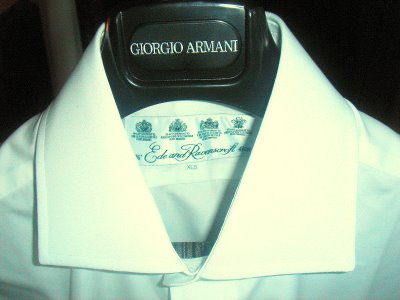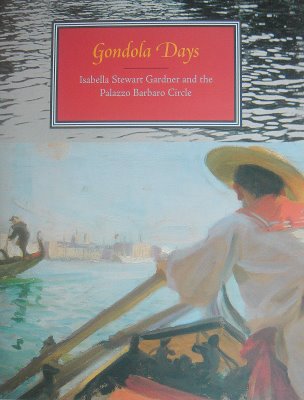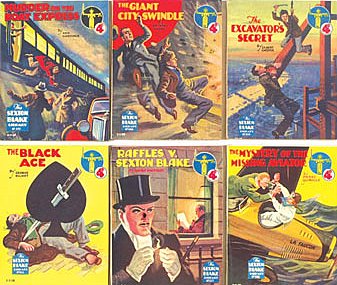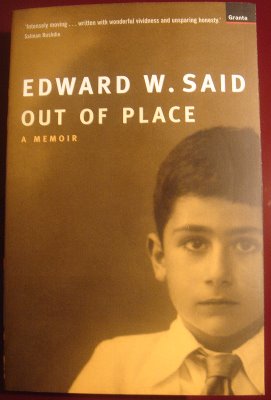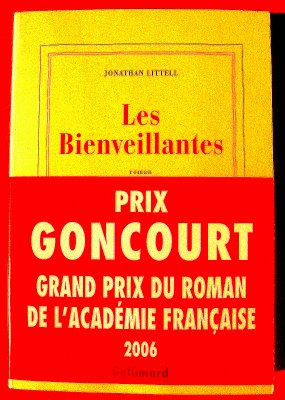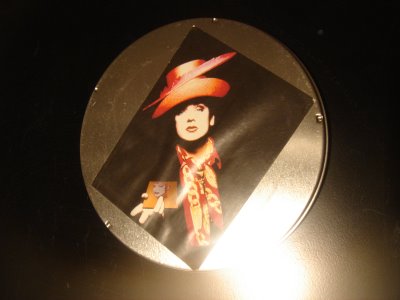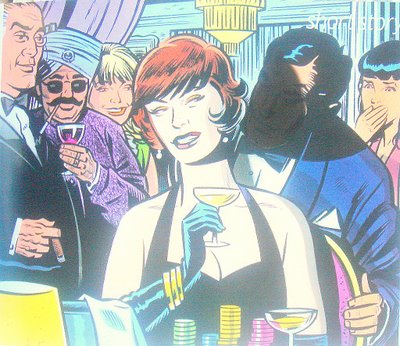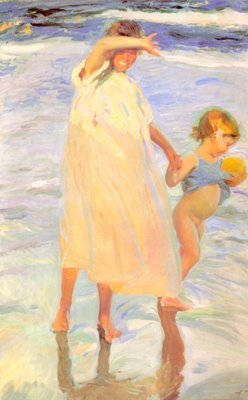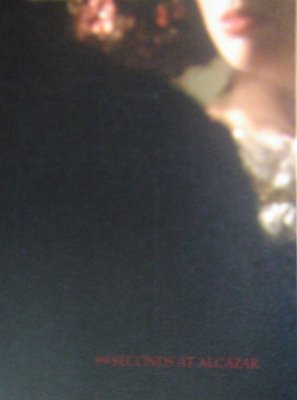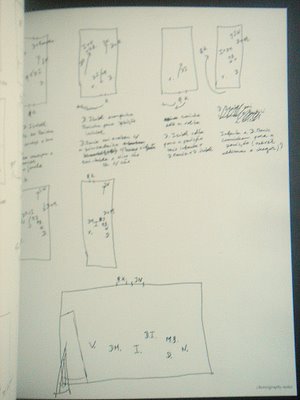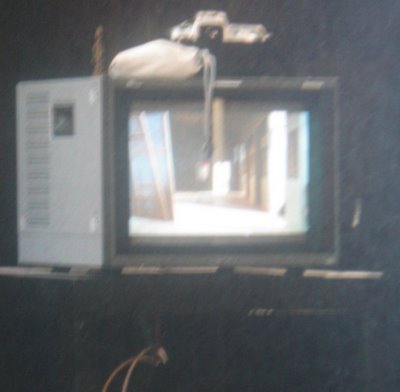We will always have Venice...
The book on Bostonian-Venitians...
Prompted by the magnificent painting currently in Thyssen's "Sargent-Sorolla" temporary exhibition I decided to refresh my brain data-bank on the Palazzo Barbaro, Gran Canale, Venice. Apart from Barbaro-related Henry James's books ("The Wings of the Dove"; "The Aspern Papers", the "Letters from PalazzoBarbaro") it's Sargent's painting of the Curtises in their Venetian grand domesticity that evokes the best that bygone era. After a quick Amazon.co.uk research, some electronic flashing of one's visa card and the traditional half week of mail-waiting, I got a brand new copy of "Gondola Days - Isabella Steward Gardner and Palazzo Barbaro Circle". In fact the catalogue for the exhibition Russkaya and this blogger of yours visited last winter during the engaging-ring trip to Venice.
Bottom-line: one should allways try to progress from connoiseur to antiques collector and then to founding patron of a private museum.
On that coffee-table book you can find a remarkable example of one tridimensional space converted, in successive atempts, into a two-dimensional image, both in photography and paintings. The State Room, so to speak, of the Palazzo - the Salone or Cameron, to use its correct designations - has been photographed in 1888 ten years before John Singer Sargent finished "A Venetian Interior".
So the following photo can be seen as the starting point of our visual inquire:
Unknown. The Curtis family in the Salone ofthe Palazzo Barbaro ca. 1888. Gelatin silver print. Private Collection.
Now, let's see four different view-points on that very same room. Clock-wise: a recent colour photography; Water Gay 's 1902 oil painting; B&W photo of the Cameron (with paintings by Sebastiano Ricci and Giambatista Piazetta); and Sargent's masterpiece of 1898.

Does not the Right Honourable Reader feel a overwhelming urge to depart for Venice? .. I thought so..










